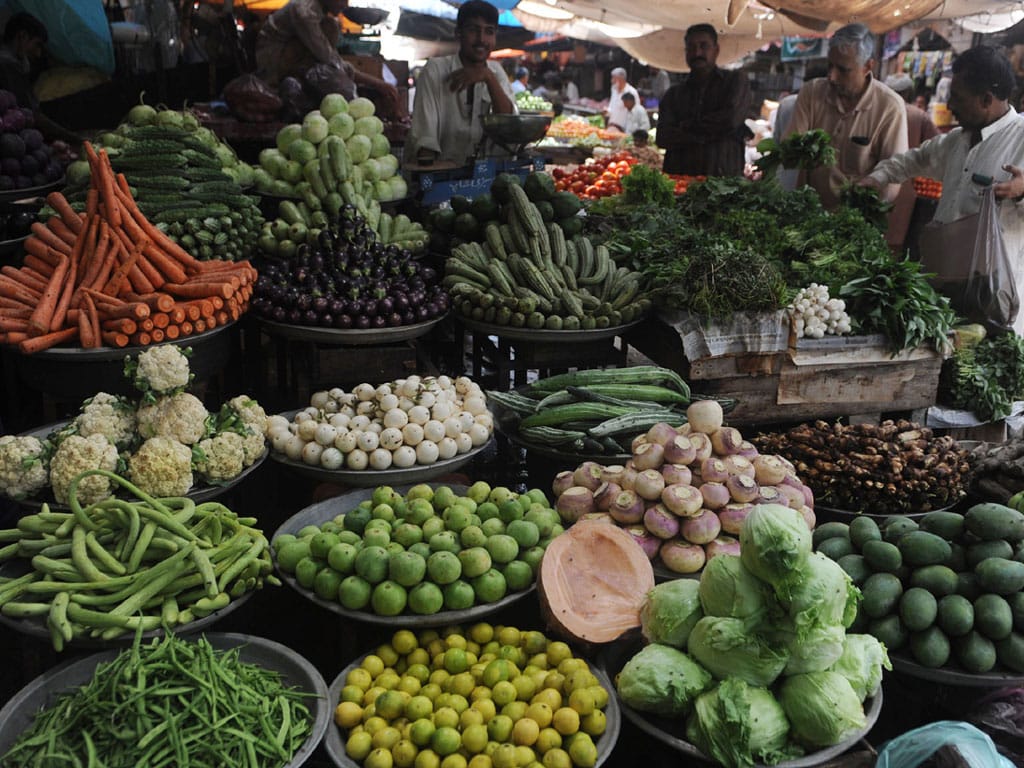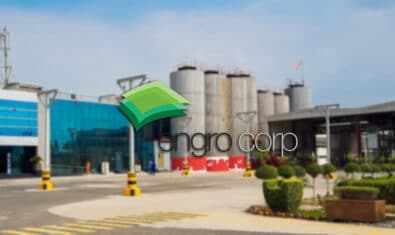Pakistan’s consumer inflation eased to 8 percent in December, compared with November’s 8.3 percent on the back of a slight decrease in rates of perishable food items and the transport index.
According to the data released by the Pakistan Bureau of Statistics, the CPI inflation General increased by 8.0 percent on a year-on-year basis in December 2020 compared to an increase of 8.3 percent in the previous month and 12.6 percent in December 2019. On a month-on-month basis, it decreased by 0.7 percent in December 2020 compared to an increase of 0.8 percent in the previous month and a decrease of 0.3 percent in December 2019.
ALSO READ
Pakistan’s Consumer Inflation Continues to Decrease in November
However, higher food prices continued to increase upward pressure on inflation as rates of non-perishable items jumped 16.3 percent year-on-year during the month under review.
On the other hand, the prices of perishable food items declined by 0.6%, whereas those of the transport sector fell 3.5 percent, helping bring down overall inflation.
On a cumulative basis, average inflation during the July-December (FY21) period was 8.63 percent compared to 11.11 percent during the same period last year. During the six months, inflation in urban areas averaged at 7.31 percent compared to 10.63 percent in rural areas.
The data showed that the CPI inflation in urban areas increased by 7.0 percent on a year-on-year basis in December 2020 compared to an increase of 7.0 percent in the previous month and 12.0 percent in December 2019. Whereas in rural areas, the CPI inflation increased by 9.5 percent on a year-on-year basis in December 2020 compared to an increase of 10.5 percent in the previous month and 13.6 percent in December 2019.
Overall, the SBP expects headline inflation to fall within the range of 7-9 percent in FY21.
Month-on-Month
The top few commodities which varied from the previous month are given below:
FOOD
Increased: Eggs (15.67 percent), Spices (6.88 percent), Butter (6.75 percent), Dry fruits (4.57 percent), Vegetable ghee (3.07 percent), Cooking oil (2.2 percent), and Fish (1.51 percent).
Decreased: Onions (29.12 percent), Tomatoes (27.12 percent), Vegetables (19.18 percent), Sugar (18.07 percent), Potatoes
(13.12 percent), Wheat (4.00 percent), Fruits (1.85 percent), and Pulse gram (1.23 percent).
ALSO READ
Pakistan’s Consumer Inflation Continues to Decrease in November
NON-FOOD
Increased: Electricity (5.96 percent), Transport services (5.07 percent), Hosiery (3.43 percent), Cleaning and laundering (2.74 percent), Motor vehicle accessories (2.06 percent), Woolen cloth (1.39 percent) and Drugs & medicines (1.29 percent).
Decreased: Personal Effects n.e.c. (0.66 percent)





















